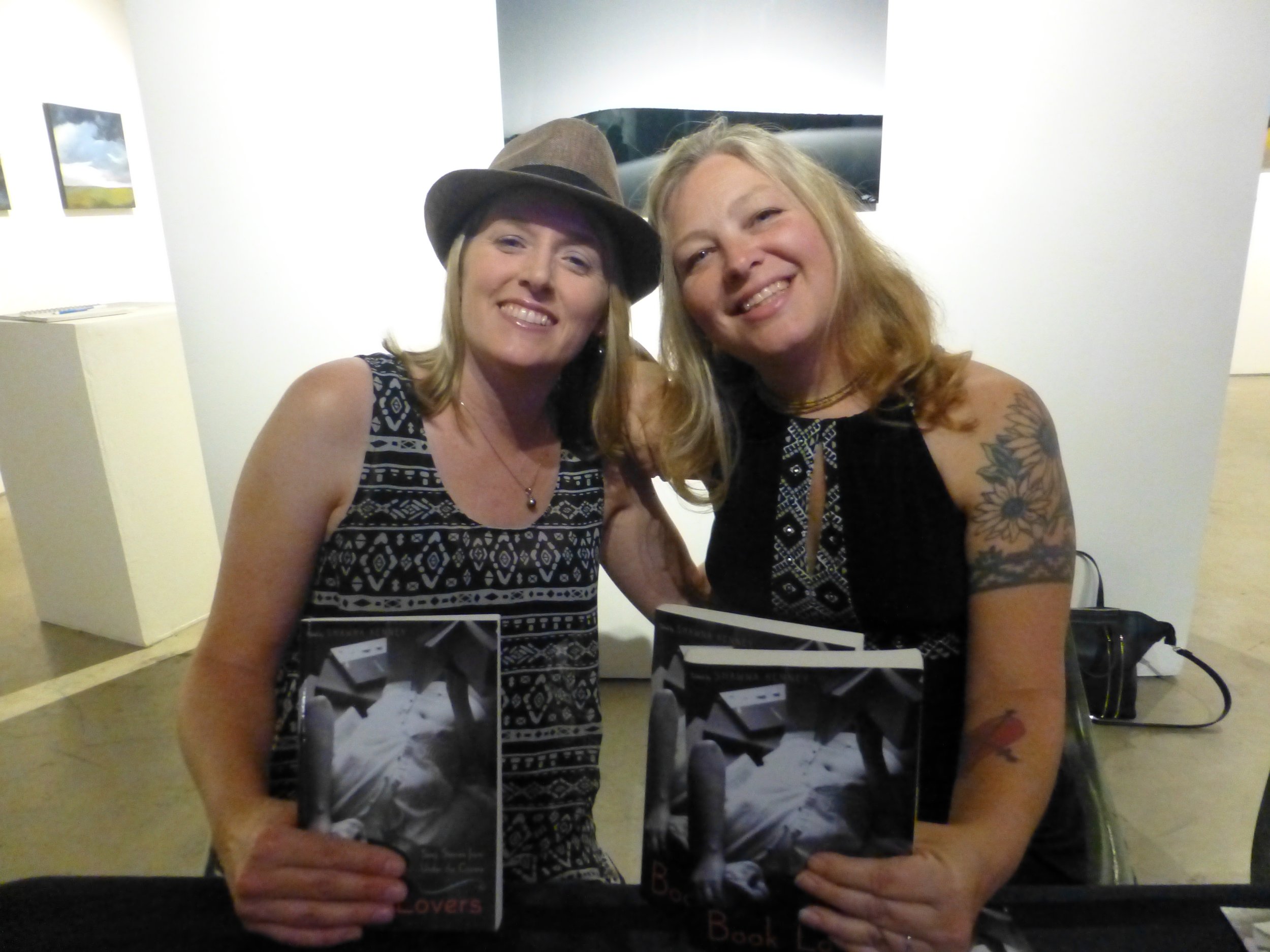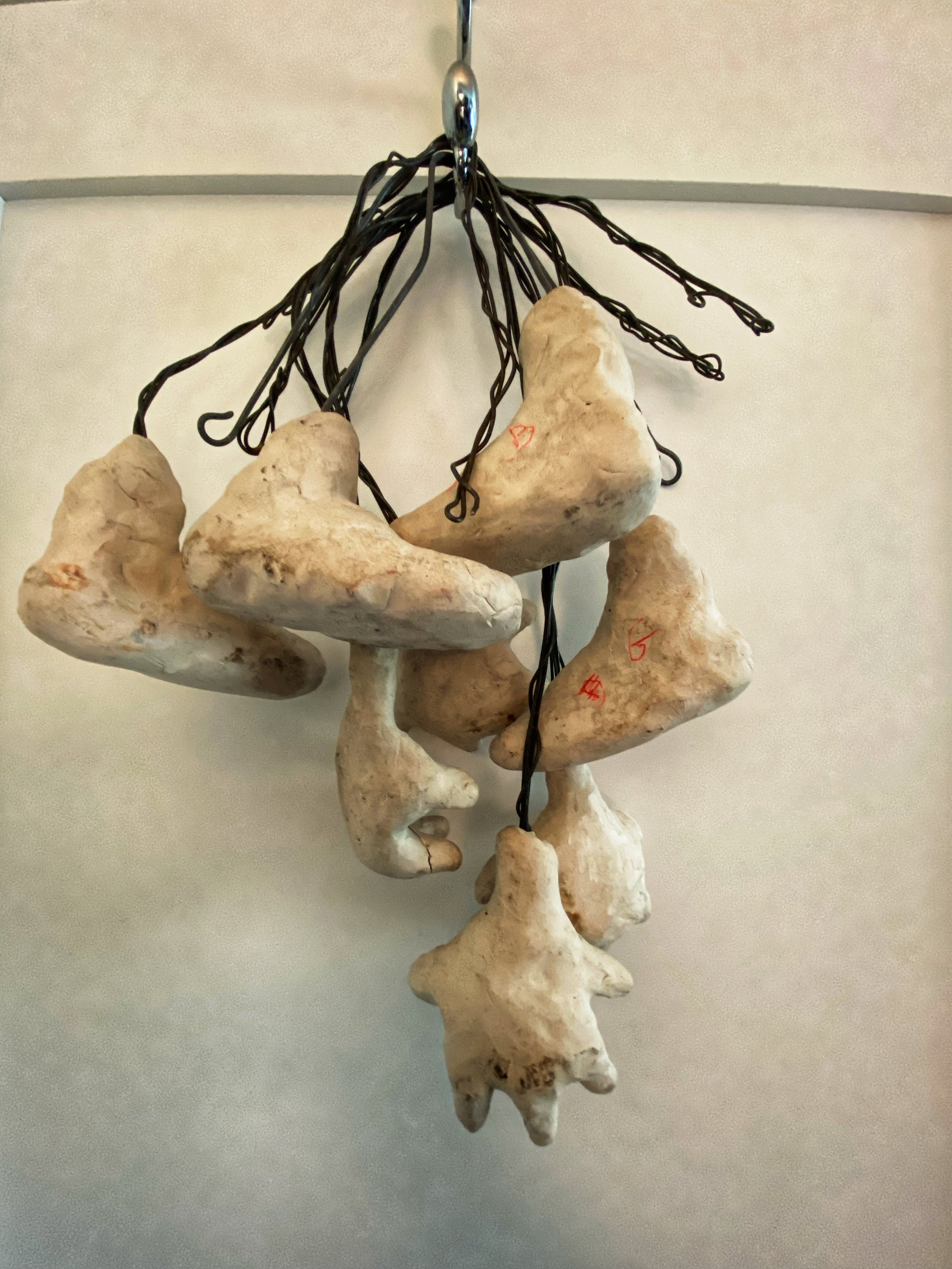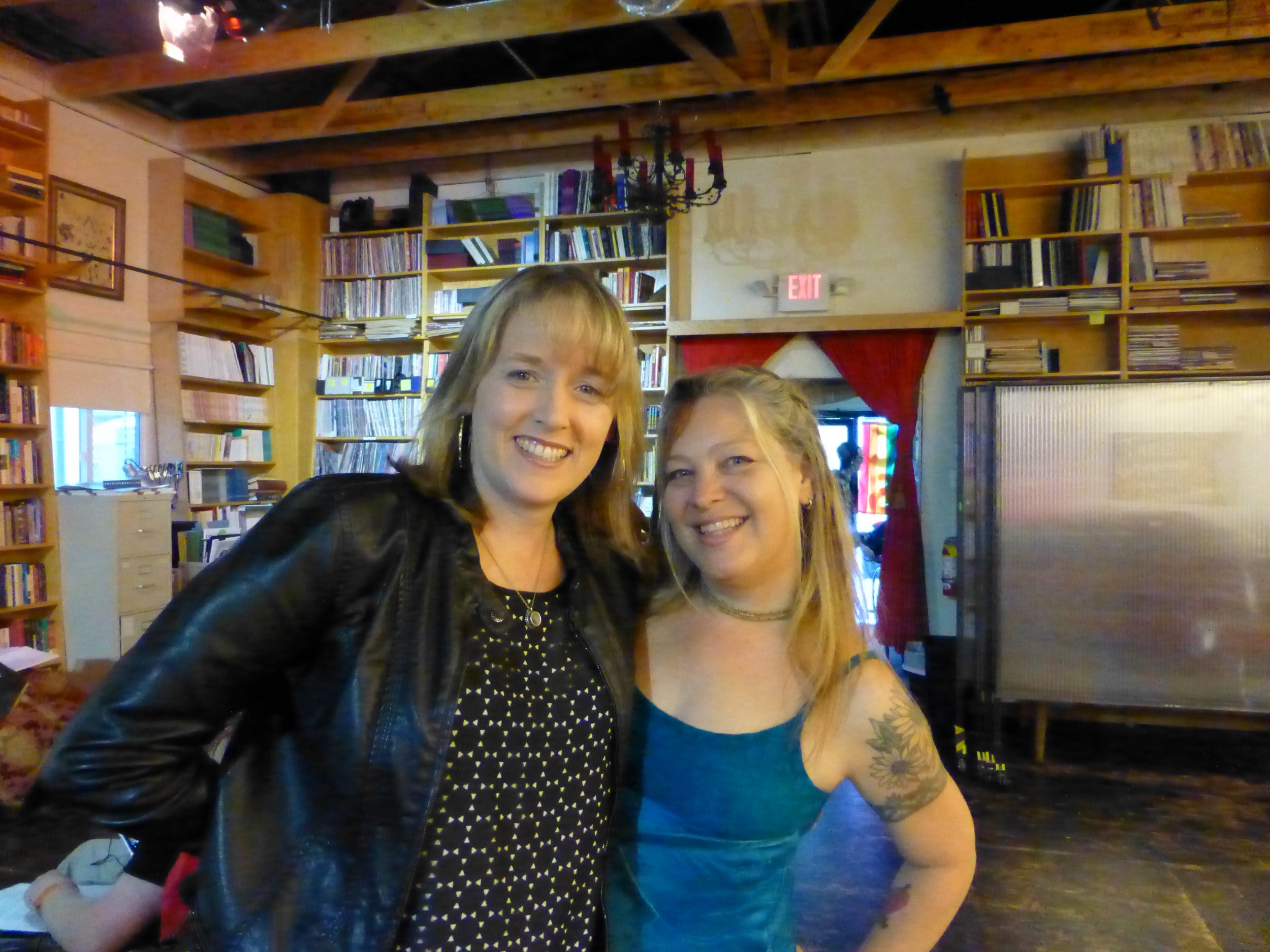How I Wrote a Memoir: Part XI
A Working Title, a Slayer Concert, and Links Between Unlikely Events
When I worked on the first iteration of my manuscript, I wrote essays about my love life in a linear fashion because it didn’t dawn on me to do otherwise. I wasn’t explicitly connecting the stories, so it made the most sense not to write about my short marriage, then tell the story of my first love, then, say, sprinkle in my grief over never having children. I aimed for clarity; a linear structure seemed like the logical way to keep the reader from getting lost. I’d participated in enough writing workshops to know it’s not unusual for even the most discerning reader to become befuddled. When a nonfiction writer tells her story, she may forget strangers know nothing about her before they start reading. She can’t assume readers will understand her background, desires, and characters from her life unless she fills in the gaps—at strategic times: When did this happen? Where? Who is this person? Why is this situation important? How did we get here? A writer wants to complicate the story in as much as she wants the reader to turn pages to find out what happens next, but puzzling the reader for the sake of puzzling the reader is a surefire way to ensure she won’t finish the book.
I wanted the ideal reader I couldn’t envision yet to understand my trajectory from wholesome teenager who couldn’t determine if her first kiss was a real kiss to a forty-something single woman who can’t remember how many men she’s kissed. So, after writing an essay about high school, I wrote an essay about my first boyfriend, whom I began dating three weeks before graduation and stayed with until I was twenty-two. I called the essay “First Love, First Everything.”
Choosing a Working Title
Around the time I was working on this essay, I thought of the manuscript’s working title. It had only been a few years since my midthirties roommate bequeathed me a theme song and sang it often and unprompted while wandering through the house: “I’m just a girl who can’t say no!” He said he’d buy a Take-a-Number ticket dispenser to mount next to my bedroom door. My favorite word at the time was “yes.”
Many books have “girl” in the title—despite social media flak—but I couldn’t find any named Yes Girl. That’s it! I thought when I came up with it. My manuscript would be named Yes Girl for the next seven years, until mentor number three combed through my latest query letter and the first chapter of my revised memoir and said she read the title as Yes, Girrrlll, which had never occurred to me. She suggested I either rename the manuscript or add “The” to the title: The Yes Girl. Problem solved. She did believe, however, the title no longer matched the content unless I did another massive overhaul, so I renamed my memoir with the help of my oldest friend. (We’ll get to that later, along with how often I’ve brainstormed subtitles only to discard them.)
Two Stories a Decade Apart
The essay “First Love, First Everything” is fourteen pages, double-spaced, starting on page twelve of the collection, but in the current version of my memoir, boyfriend number one’s story is woven together with my two-year stretch as a high school English teacher, in which I compare “Jake’s” personality to my students, providing an opportunity to reflect on how young we were when Jake and I got together—like the students who now sat in front of me in my classroom ten years later. I make connections between experiences that aren’t readily obvious but nonetheless make sense, which makes the material nonlinear and more interesting. The chapter starts on page twenty-six, and I condense four years with Jake into half as many pages as the original piece.
The idea to connect the two sets of scenes a decade apart came to me while working with mentor number two three years after I wrote the essay. It’s a prime example of how valuable it can be to embrace the process and give it time. In hindsight, I would not have been content publishing the first version, despite a few funny moments I later removed. Reading it now, I view the cut material as needless, and much of it is not my story to tell in the first place. In fact, I wonder what the hell I was thinking explaining the parts of his story that have nothing to do with me; it’s not his book!
Chaperoning a Boy to a Metal Concert
In the essay, I describe our first date. On the way into school before 8:00 a.m. in spring 1991, when he put his arm around me and asked, “Wanna drive me to a Slayer concert?” I said, “Sure!” despite only liking the opening band on a four-band bill. Jake didn’t have a license yet. I had a car. He needed my wheels. That this is the origin of my complicated adult love life is apropos. It’s too spot-on to work in fiction.
I picked him up in my 1980 green Volvo in a pink shirt and white jacket, “instead of the customary black I’d been wearing since ninth grade. We went to Taco Bell in Costa Mesa and gorged on Taco Supremes before heading to the Pacific Amphitheatre. The line at the show wrapped around the fairgrounds. No one was wearing pink.”
I talk about waiting in line outside the venue during Alice in Chains’ entire set because concert security was tight. “I heard the faint sound of Layne Staley’s voice through the trees. I never had a chance to see him perform again before he died eleven years later. I wish we’d skipped Taco Bell.”
I talk about “long-haired metal heads with too many tattoos” and “inappropriate pat-downs” and “metal detectors.” I talk about the greasy-haired boy, no older than eleven, who bounced on his orange plastic seat behind us during the show, shaking his fists in the air, screaming, “I’m so stoned!” I write too much minutia about the beginning of that four-year relationship, despite sharing my uneasy, timid reaction to being in an environment that wasn’t my scene, revealing the personality of my eighteen-year-old self. The content begs to be pared. I eventually shrink the concert to two short paragraphs before moving on.
Avoiding Spoilers and Omitting What’s Not Mine to Tell
In both versions, I focus heavily on ditching my virginity because it was . . . tricky. Here’s the part of the series where avoiding spoilers becomes an issue. I’ve been considering how to explore the process of writing a memoir without giving it all away. Let’s say when I was eighteen, anatomical limitations prohibited certain activities. In the essay, I get sidetracked explaining said constraints by sharing a humorous conversation with a high school friend who didn’t have the same problem I did. This conversation isn’t essential for the reader to understand what happens next when my new boyfriend and I attempt to have sex for the first time.
In the memoir I extract three full pages from the middle because, although as a newbie book writer I am compelled to clarify how Jake came to be the teenager he came to be—and how that affected our bond—writing about his relationship with his mom, intimate information about his childhood, and the ways in which he manifested trauma has ethical implications waffling between fuzzy and blatant. In any case, it doesn’t matter what he experienced before he met me; it only matters what happened between us that’s within his control.
Multiple Breakups and No Regrets
In the essay, I write more than one breakup scene because we broke up more than one time, once on a landline when I was in Northern California on vacation with my mom for my twenty-first birthday. The only breakup that counts, though, is the definitive one, and after he’s no longer my boyfriend, the paragraph about what he did with his life next is unwarranted too. Like I said, it’s my book, not his. (Taking the scissors to the last couple paragraphs of an essay usually works out.)
In the memoir, I skip speculation about why “he transformed from worrying about my loyalty to being indifferent for no discernible reason” because, to this day, I have no idea why he did a “180-degree flip,” nor do I care anymore. I spent the summer when I was twenty at a community pool with my best friend, her boyfriend, and his friends. I write, “Where the hell was Jake?” He wasn’t there, but what’s more significant is having no regrets about dragging out a relationship that should have ended much earlier because a first love is impossible to let go of—until it isn’t. What’s important is how wildly in love I was and how innocent and pure it was. What’s real is how unbroken and hopeful I still was when we parted ways. What’s vital is how fortunate I am to have memories of young love because old love is different—much better in many ways—but different. I have regrets, but this isn’t one of them.
Slain Darlings
In the revision process, I axed a few details I still find amusing. Here they are without context:
When I was in the new-love stage of lying on the floor with a stomachache and the inability to think about anything else besides him, my seven-year-old sister asked my mom, “What’s wrong with Chelsey?”
“The way I was hearing it, she could hold her vagina up to her ear and hear the ocean.”
“Like 9½ Weeks, the whole world was our giant fridge of cut fruit.”













